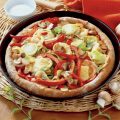The vitamin content of the diet canchange and depends on various reasons: the variety and type of products, the methods and periods of their storage, the nature of technological processing of food, the choice of dishes and eating habits. The composition of food plays an important role. Sources of vitamins of plant and animal origin Vitamin Products of plant origin Products of animal origin A How to preserve vitaminsCarrots, citrus fruits
How to preserve vitaminsCarrots, citrus fruits Butter, cheese, eggs, liver, fish oil Beta-Carotene
Butter, cheese, eggs, liver, fish oil Beta-Carotene Carrots, parsley, spinach, spring greens, melon, tomatoes, asparagus, cabbage, broccoli, apricots D
Carrots, parsley, spinach, spring greens, melon, tomatoes, asparagus, cabbage, broccoli, apricots D Milk, eggs, fish oil, cod liver, fatty fish E
Milk, eggs, fish oil, cod liver, fatty fish E Corn, sunflower, olive oils, peas, sea buckthorn K
Corn, sunflower, olive oils, peas, sea buckthorn K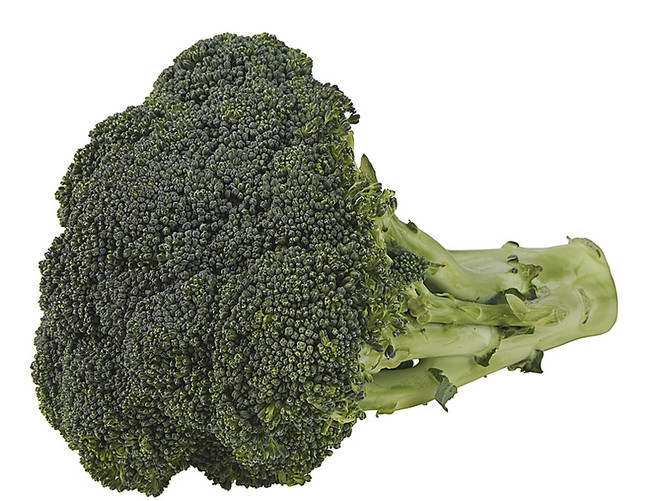 Green leafy vegetables, spinach, Brussels sprouts, cabbage and cauliflower, whole grain cereals B1
Green leafy vegetables, spinach, Brussels sprouts, cabbage and cauliflower, whole grain cereals B1 Dry brewer's yeast, pork, wheat germ, oats, nuts (hazelnuts) B2
Dry brewer's yeast, pork, wheat germ, oats, nuts (hazelnuts) B2 Yeast extract, wheat germ, wheat bran, soybeans, broccoli Liver, egg yolk, PP cheese Green vegetables, nuts, whole grain cereals, yeast
Yeast extract, wheat germ, wheat bran, soybeans, broccoli Liver, egg yolk, PP cheese Green vegetables, nuts, whole grain cereals, yeast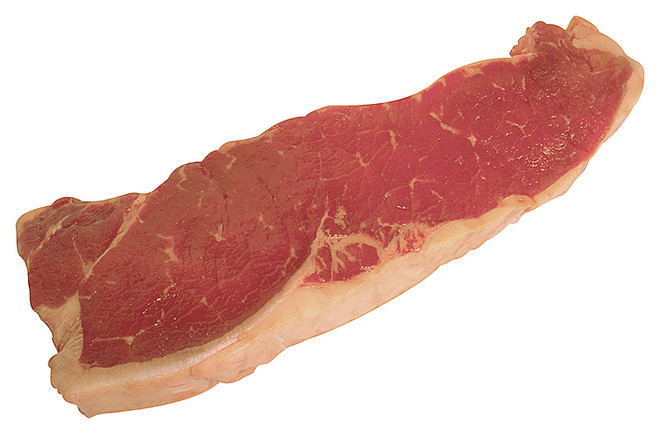 Meat, including chicken, liver, fish, milk, cheese B5
Meat, including chicken, liver, fish, milk, cheese B5 Yeast, beans, mushrooms, rice
Yeast, beans, mushrooms, rice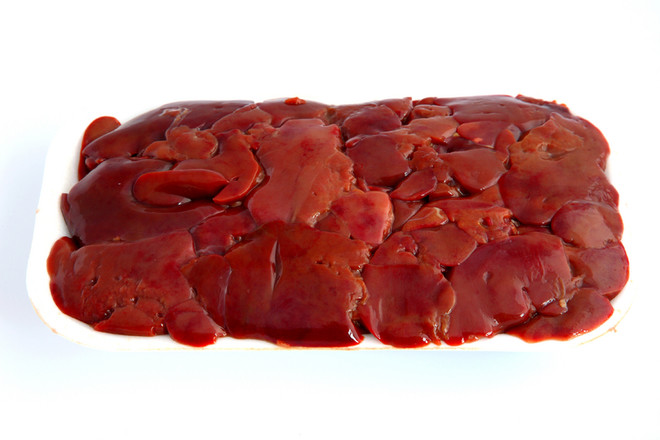 Liver, offal meats B6
Liver, offal meats B6 Wheat sprouts and bran, green leafy vegetables
Wheat sprouts and bran, green leafy vegetables Meat, liver, fish, milk, eggs B9
Meat, liver, fish, milk, eggs B9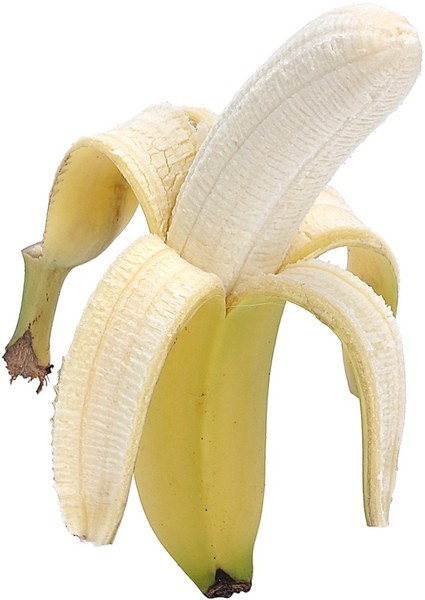 Nuts, green leafy vegetables, beans, wheat germ, bananas, oranges
Nuts, green leafy vegetables, beans, wheat germ, bananas, oranges Eggs, organ meats B12
Eggs, organ meats B12 Yeast, seaweed
Yeast, seaweed Liver, kidneys, caviar, eggs, cheese, milk, cottage cheese, meat, fish H
Liver, kidneys, caviar, eggs, cheese, milk, cottage cheese, meat, fish H Egg yolk, liver, kidneysWhen predominant inIn a diet rich in carbohydrates, the body requires more vitamins B1, B2 and C. When there is a lack of protein in food, the absorption of vitamin B2, niacin, and vitamin C decreases, and the conversion of carotene into vitamin A is disrupted. In addition, the consumption of highly refined foods (sifted white flour, white rice, sugar, etc.), from which all vitamins have been removed during processing, is of great importance in reducing the intake of vitamins into the body. Another problem with human nutrition, especially in cities, is the consumption of canned foods. The methods of cultivating vegetables and fruits currently used in commercial agriculture have led to the fact that the amount of vitamins A, B1, B2 and C has decreased in many vegetable crops by 30%. For example, vitamin E has almost completely disappeared from lettuce, peas, apples, and parsley. The amount of vitamins in spinach from one crop can be 30 times less than in the greens of another crop. In other words, even a strictly balanced diet cannot always provide the body with the vitamins it needs. The vitamin content of foods can vary significantly:
Egg yolk, liver, kidneysWhen predominant inIn a diet rich in carbohydrates, the body requires more vitamins B1, B2 and C. When there is a lack of protein in food, the absorption of vitamin B2, niacin, and vitamin C decreases, and the conversion of carotene into vitamin A is disrupted. In addition, the consumption of highly refined foods (sifted white flour, white rice, sugar, etc.), from which all vitamins have been removed during processing, is of great importance in reducing the intake of vitamins into the body. Another problem with human nutrition, especially in cities, is the consumption of canned foods. The methods of cultivating vegetables and fruits currently used in commercial agriculture have led to the fact that the amount of vitamins A, B1, B2 and C has decreased in many vegetable crops by 30%. For example, vitamin E has almost completely disappeared from lettuce, peas, apples, and parsley. The amount of vitamins in spinach from one crop can be 30 times less than in the greens of another crop. In other words, even a strictly balanced diet cannot always provide the body with the vitamins it needs. The vitamin content of foods can vary significantly:

Making Money with Desserts: Success Stories
Evgeniya Polischuk (Fedutinova) instagram:@evgeniyafedutinovavk.com/janeshomebaking– It all started with baking for family and friends. Gradually, I started posting photos of my baked goods on Instagram – and orders started coming in. I made my first custom-made cake on October 13, 2014, and a little earlier I started making macaroons and cupcakes. You could say that the business “found me”, I am very […]

Soups are cold recipes with photos
Cold cucumber soup with yogurt and lemonsorbet from the chef of the restaurant La Taverna Alexander Zhurkin Photo: Getty Images Ingredients: Plain yoghurt – 125 g Cucumber – 150 g Lemon/lime sorbet – 50 g Cocktail shrimp – 24 g Fresh ginger juice – 1 g Lime juice – 5 g Fresh orange juice – 5 g Parsley – 1 g Pink pepper – 1 g Watercress – […]

barbeque kebab
Pork tenderloin in glaze Photo:Dmitry Bayrak/dbstudioPreparation time: 20 minutes + marinating time.Calories: 454 kcal per serving.For 4 servings: 4 pork tenderloins (approximately 300 g each), 1 onion, 2 cloves of garlic, 1 tsp. lemon zest, 1 tsp. lemon juice, a pinch of ground cumin, coriander and turmeric, 1 tbsp. vegetable […]

Pierre Duacan: dietary recipes: Ducane diet
Beetroot soup Photo:Season’S, Luxury Hotels RepresentationYou will need:· Boiled beetroot – 60 g· Fresh cucumbers – 20 g· Red radish – 20 g· Green onions – 10 g· Egg – 1 pc.· Drinking mineral water – 200 g· Salt – 1 gPreparation:· Boil the egg and beetroot.· Grate the cucumbers, radish and part of the beetroot. Put everything […]


